The Outer Banks (OBX) is a narrow band of shifting sands off the coast of North Carolina. Isolated Ocracoke Island is only accessible by boat and home to “O’cockers” the intrepid inhabitants that have weathered the worst the Atlantic can throw at them since the 1700s. Ocracoke is the setting for the third book in my new trilogy. Karen and I set out to scout locations, meet the locals and soak up some of the amazing history attached to 13-miles of pristine beaches with the tiny town of Ocracoke, (pop. 973) attached to the southmost tip.
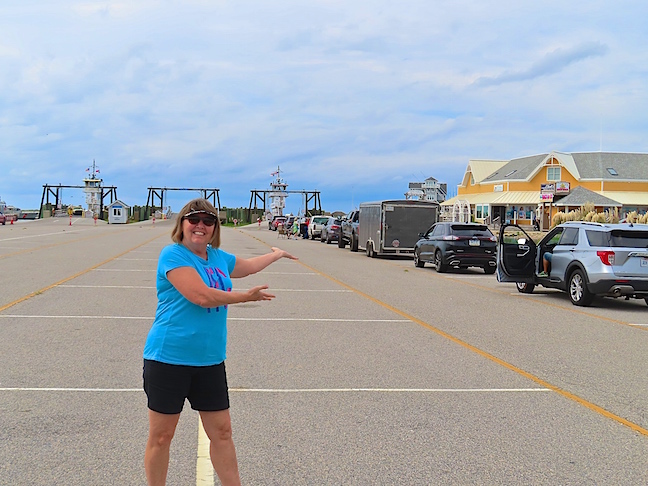
We snagged the last slot for the 3:30pm Ferry to Ocracoke from Hatteras Island. NCDOT runs the ferry system that serves all the OBX islands and this one is free. The trip is only 23.5 miles, but requires a zigzag course around massive sandbars and lasts 1.5 hours.
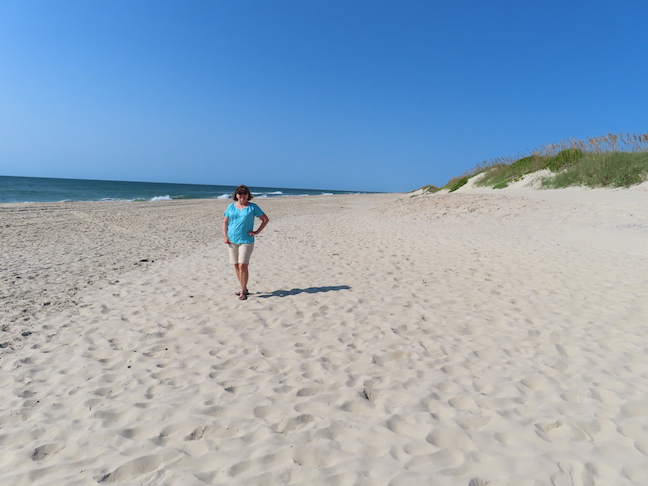
Ocracoke Island is “The Pearl of the Outer Banks.” The pristine, 13-mile beach from the north-end ferry dock to town is part of the Cape Hatteras National Seashore and development is banned.
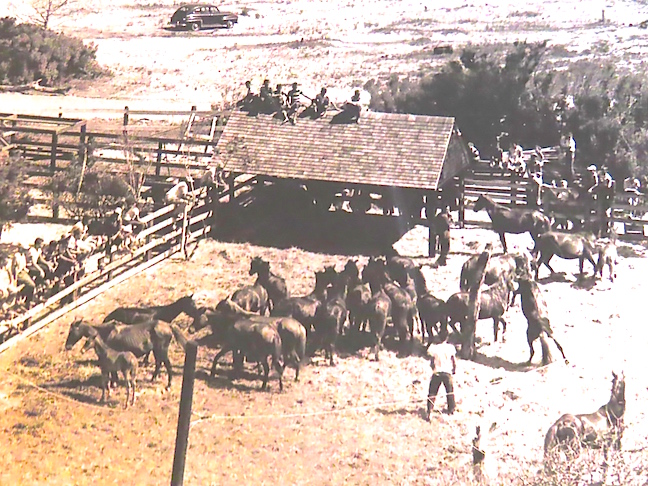
Ocracoke Banker Ponies were offloaded from a Spanish ship to lighten the load when it ran aground in the 1700s. The picture is courtesy of Ocracoke Preservation Society Museum and shows Boy Scouts picking their ponies as the only mounted troop in the 1950s.
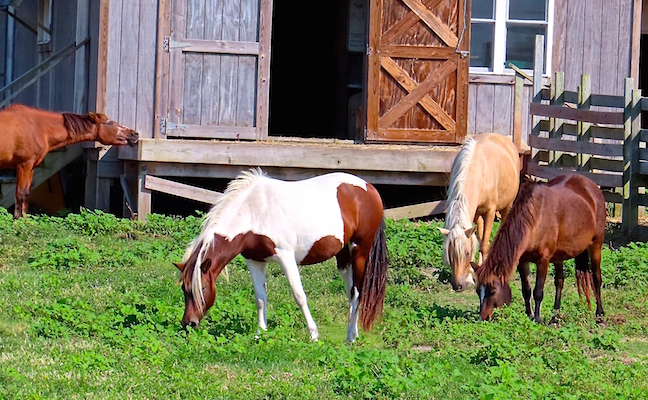
The ponies ran wild on the island until 1959 when they were penned in a 188-acre preserve to keep them off newly built Highway 12 that runs the length of Ocracoke. The Spanish mustangs have a different number of ribs and vertebrae than other horses and a distinct appearance.
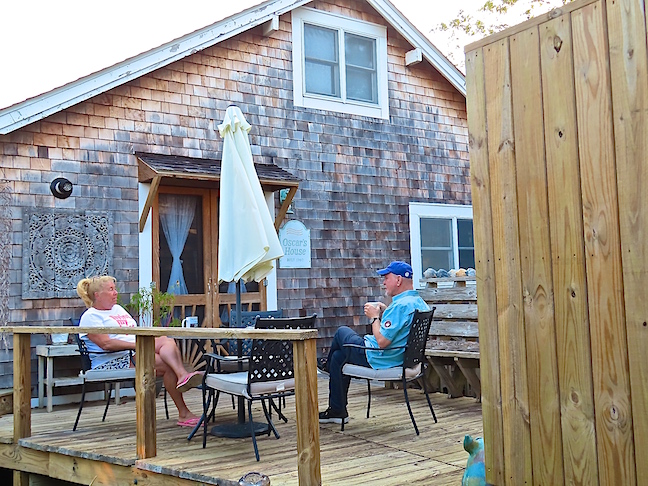
We stayed in the oldest B&B in Ocracoke. It was built in 1940 for Captain Joseph Burrus, who kept the Ocracoke Lighthouse for 16 years. The wooden fence on the right-side of the picture is an outdoor shower, very popular on an island of sand. We had an indoor option as well.
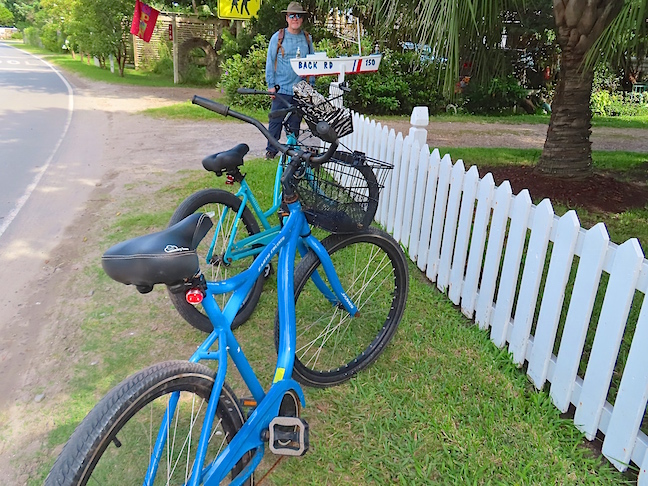
The village of Ocracoke is only 4 square miles in area and clustered around a small harbor called Silver Lake. Bicycles provided by Oscar’s House were the perfect way to scoot around the tiny town.

Tenth-generation Ocracoke native Chester Lynn welcomed us into his house/antique store. Chester speaks the “Ocracoke Brogue,” a mixture of Scottish and British brogue that is unique to the island. He enjoyed sharing his vast knowledge of Island history and experiences. Chester had pewter plates that belonged to Blackbeard the Pirate who headquartered his murderous fleet in Ocracoke until he was beheaded after dying from 5-musket ball wounds, and 20 sword stabs in a battle with the British on November 22, 1718 in Teach’s Hole near Ocracoke’s harbor entrance.
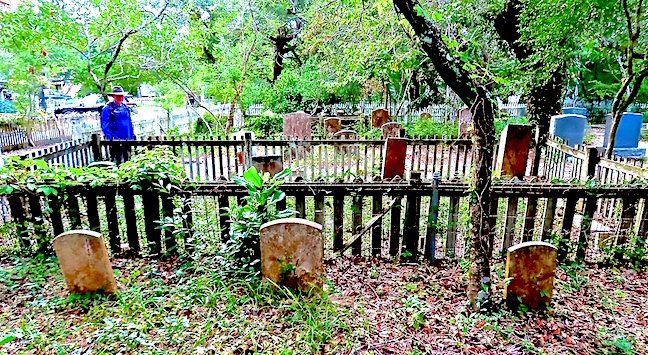
Howard Street is Ocracoke’s oldest. We walked on a mixture of sand and seashells past ancient cemeteries behind picket-fence enclosures in residents’ yards. Ocracoke’s streets were known by the names of people who lived on them. Blackbeard’s quartermaster William Howard purchased Ocracoke Island in 1759 and lived to be 108. Most of the islands’ natives are his descendants. The home-cemeteries are still used to inter relatives.
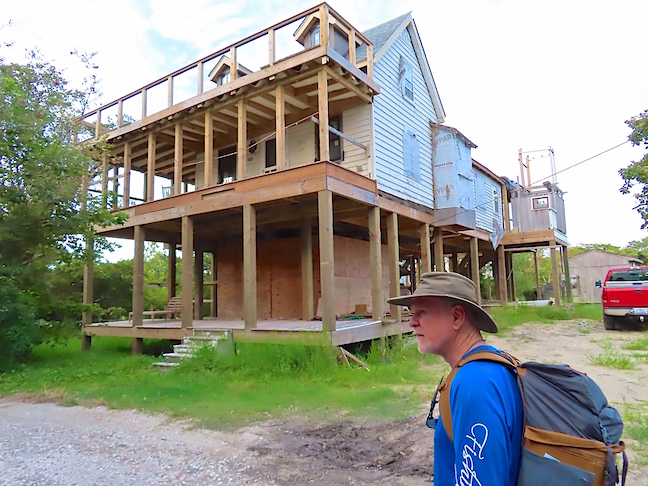
The Garrish house was built in 1888. The structure is being elevated to save it from the frequent flooding that plagues Ocracoke. On September 11, 2019 Hurricane Dorian blanketed the entire island under a 7-foot storm surge. Karen and I were waiting for the ferry from Swanquarter, NC on our first failed attempt to visit, when Ocracoke residents were ordered to evacuate their island.
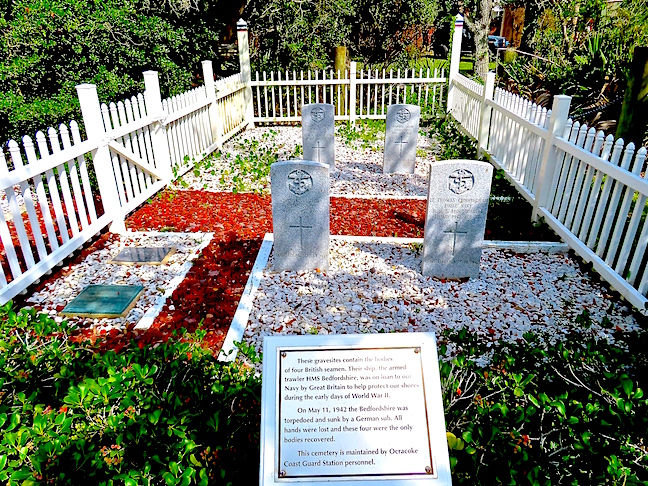
In 1942, 397 merchant ships were sunk by German U-boats off North Carolina’s Outer Banks. Thirty-seven British sailors perished when German U-boat 558 sank the HMT Bedfordshire and only four bodies were recovered. Their remains are in the Ocracoke British Cemetery and every year the British Royal Navy and US Coast Guard honor their service with a ceremony.

The Ocracoke lighthouse is 75-feet tall and was built in 1823. It is the oldest working lighthouse in North Carolina and the second oldest in the US. Due to age, we could not go inside, but Chester Lynn had an “original working key” we should have borrowed to peek at the ancient innards.
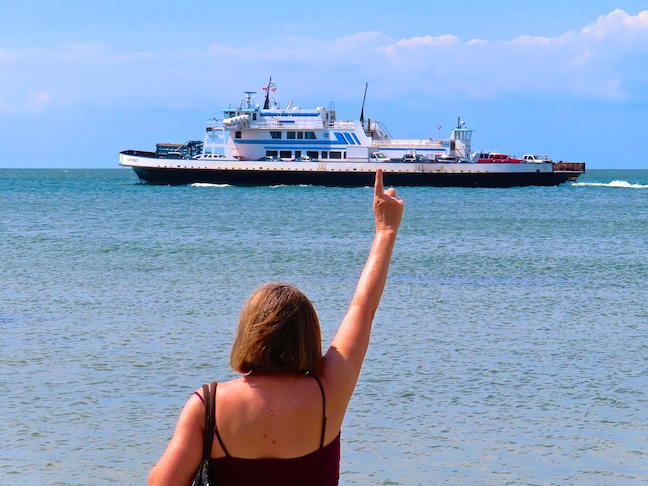
My research led us to Robbie’s Way, a 15-foot-wide access trail from Silver Lake Drive to a sandy beach on Pamlico Sound. It was donated by Robbie Runyon to the Ocracoke Preservation Society for public use of her favorite place to watch sunsets and is flanked by million-dollar homes. Karen is hailing a ferry from the tiny beach, which failed to pick her up.
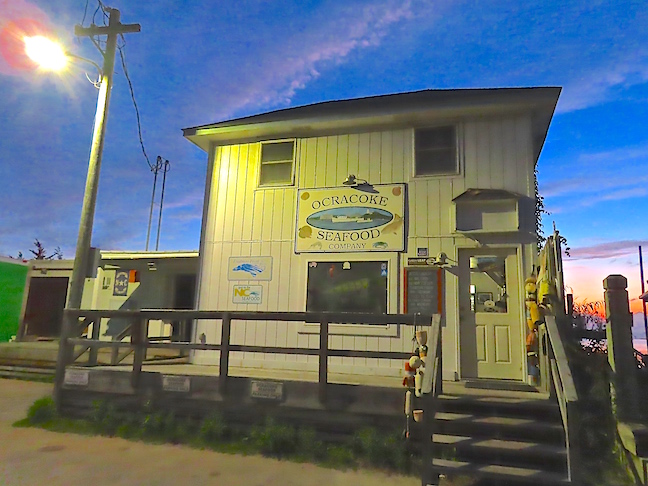
Fishing has been a mainstay on Ocracoke since the early 1700s. In 2006 the last fish house on the island went up for sale threatening the fishing industry and heritage. The Fish House was saved by working waterman and a host of volunteers and community members. Sustainable commercial fishing, education and research keep the place running.

Many scenes in my fortune-telling phone trilogy take place inside the Fish House. The employees granted me access to the receiving dock, processing floor, cold storage and even let me take pictures from the roof for my book and asked only for a copy when it’s published.
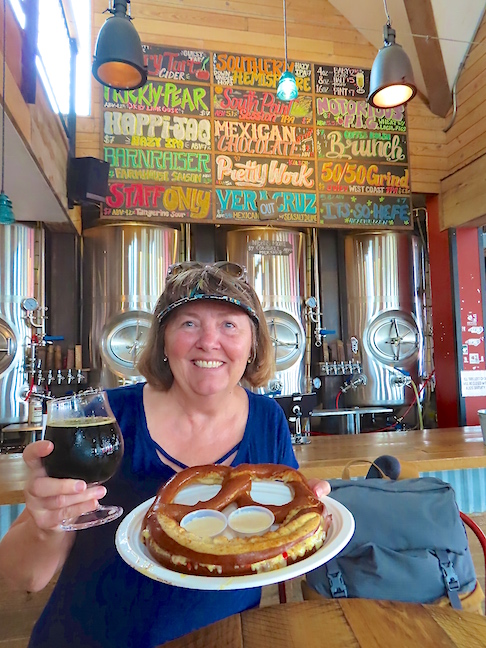
All our biking and chatting with the locals made us hungry and thirsty. We split a giant pretzel stuffed with with fresh crab at 1718 Brewing Ocracoke. There are no chain restaurants on the island. The unique local eateries served up some of the best seafood you could ever hope for with a big dollop of southern kindness.


